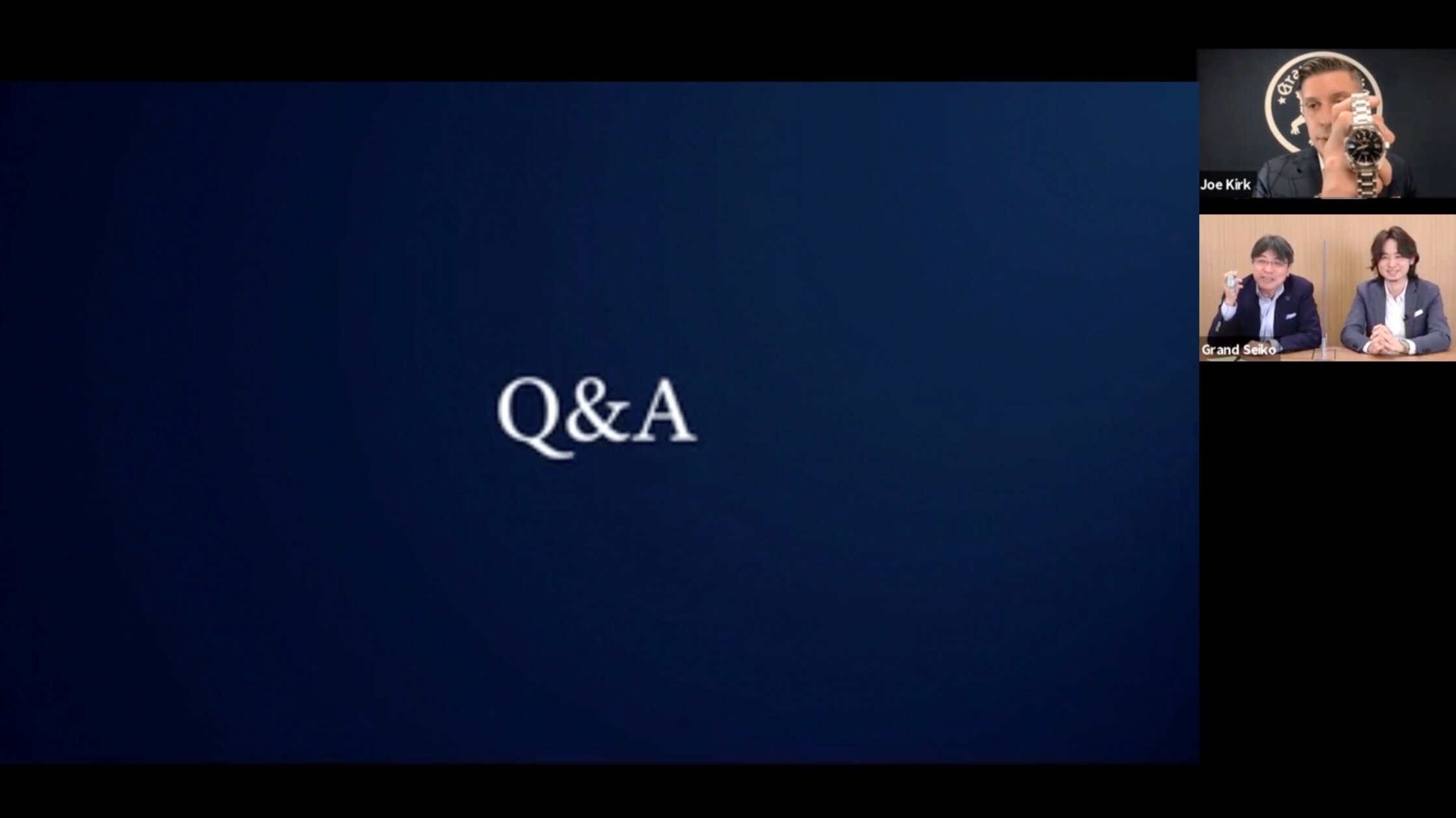New York City - January 11, 2021
It’s the year of more for the Horological Society of New York (HSNY), America’s oldest watchmaking guild, founded in 1866. More scholarships, more lecture attendees, and now, more sponsors. HSNY welcomes today three sponsors who are helping the nonprofit advance the art and science of horology – Collective Horology, Ulysse Nardin, and Hamilton Jewelers.
HSNY’s sponsorship banner expands with top names whose support will directly help fund the Society’s multiple financial aid opportunities in the United States, continue monthly lectures via Zoom, and further develop Virtual Horological Tutoring classes and other educational initiatives.
HSNY welcomes Collective Horology, Ulysse Nardin, and Hamilton Jewelers and thanks them for their incredible support!
About Collective Horology
Collective Horology™ is a community of enthusiasts who share a passion for watchmaking and collaborate with the brands we love. You can learn more about Collective – who we are, our philosophy, and projects – from HODINKEE Radio, Robb Report, Watchonista, as well as from our current and previous collaborations.
If you’re interested in joining Collective, please visit our membership page for more information and FAQs. For general questions and media inquiries, email info@collectivehorology.com.
Official website: https://collectivehorology.com
About Ulysse Nardin
Ulysse Nardin is the Pioneering Manufacture inspired by the sea and delivering innovative timepieces to free spirits. Founded by Mr. Ulysse Nardin in 1846 and a proud Maison of the global luxury group Kering since November 2014, Ulysse Nardin has written some of the finest chapters in the history of Haute Horlogerie. The company’s earliest renown came from its links to the nautical world: its marine chronometers are among the most reliable ever made, still sought by collectors around the world. A pioneer of cutting-edge technologies and the innovative use of materials like silicon, the brand is one of the few with the in-house expertise to produce its own high-precision components and movements. This exceptional level of watchmaking excellence has earned Ulysse Nardin membership in the most exclusive circle of Swiss watchmaking, the Fondation de la Haute Horlogerie. Today, from its sites in Le Locle and La Chaux-de-Fonds in Switzerland, the brand’s continuing quest for horological perfection centers around five collections: The Marine, the Diver, the Classico, the Executive and the Freak. In 2020, Ulysse Nardin explored the Xtremes, bringing the X-factor to the core of its collections.
Official website: www.ulysse-nardin.com
About Hamilton Jewelers
Founded in New Jersey in 1912, Hamilton Jewelers has a heritage of tradition and outstanding service. This spirit of service - to our clients and our communities - is the thread that unifies the 4 generations of the Siegel family across the decades and miles from Princeton, New Jersey to Palm Beach, Florida, as well as around the globe. Bringing the world's finest offerings in jewels and timepieces to our national and international clientele has been a Hamilton tradition that began with our founder in 1912, and was conveyed to successive generations of the Siegel family. Martin, our former Chairman until his passing in 2019, joined the business in 1955. Hank Siegel followed his father's path in 1981, becoming the third generation to be President, and was appointed CEO in 1992. Hank's son Andrew joined the firm in 2017 as Hamilton's Director of Business Strategy and Operations, representing the fourth generation of the Siegel family to lead the family business.
Since the company's beginning, Hamilton Jewelers has always combined the characteristics of an international jeweler with the unique hospitality of a regional family business. Wherever you are in the United States, when investing in fine jewelry or your next favorite timepiece, you can trust our earned reputation for excellence. Our tenured team is highly accredited in their fields of expertise, from watchmakers to gemologists and appraisers, to certified jewelry professionals. Our sales consultants take the time to build relationships with our guests so that your needs are anticipated and expectations are exceeded.
Official website: https://www.hamiltonjewelers.com
# # #
About the Horological Society of New York
Founded in 1866, the Horological Society of New York (HSNY) is one of the oldest continuously operating horological associations in the world. Today, HSNY is a 501(c)(3) nonprofit organization dedicated to advancing the art and science of horology through education. Members are a diverse mix of watchmakers, clockmakers, executives, journalists, auctioneers, historians, salespeople and collectors, reflecting the rich nature of horology in New York City.
Official website: https://hs-ny.org




























